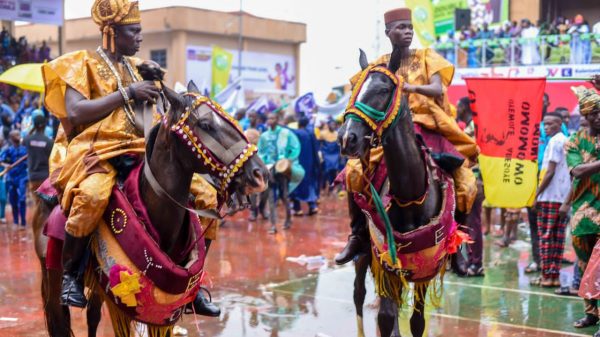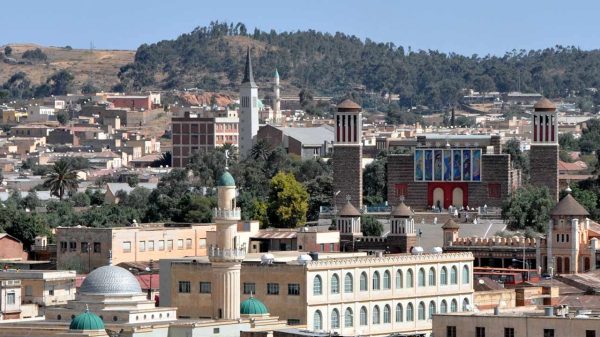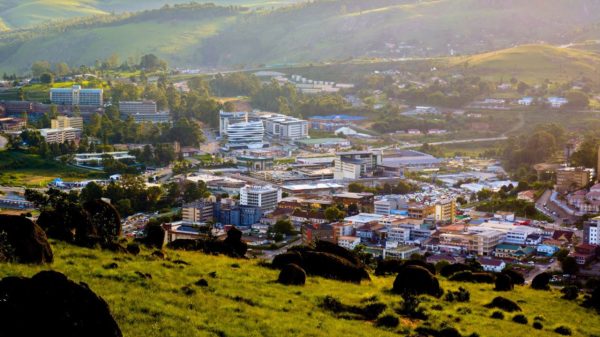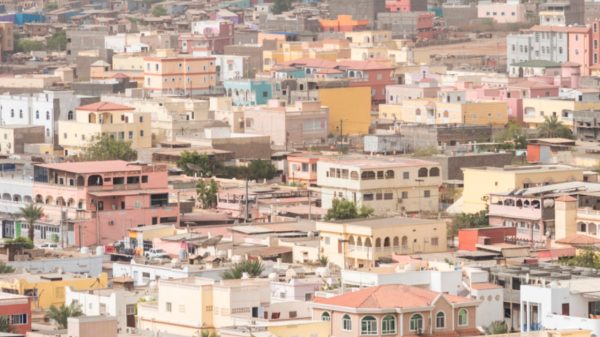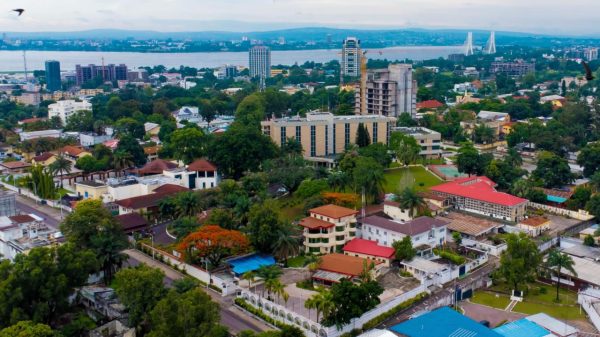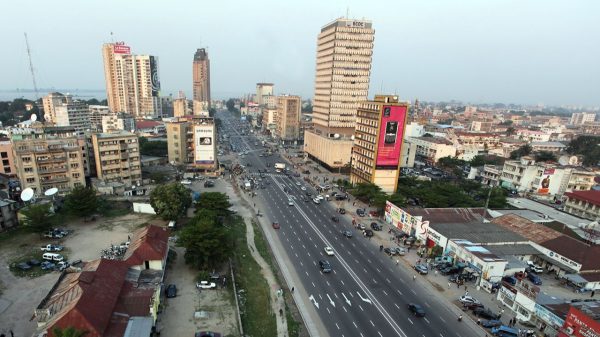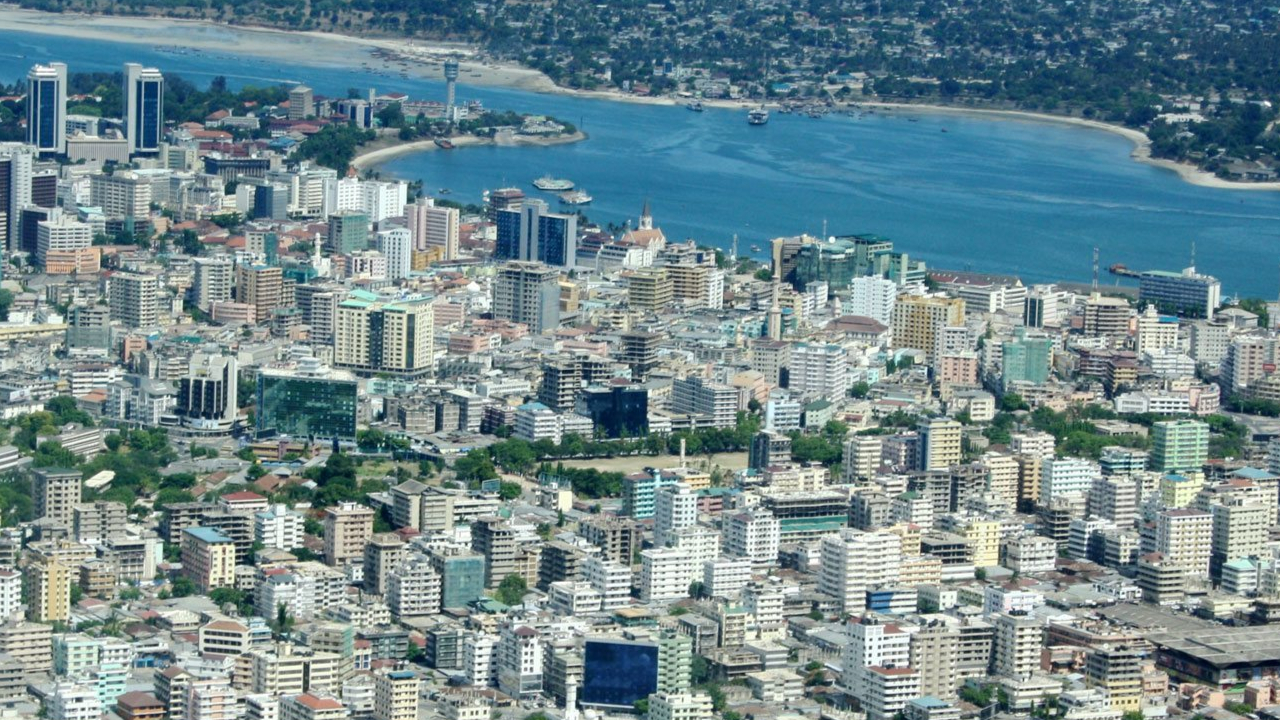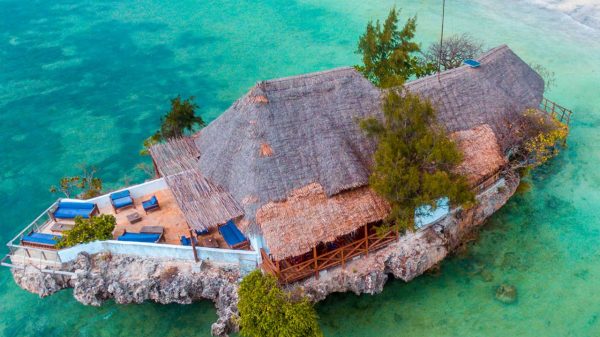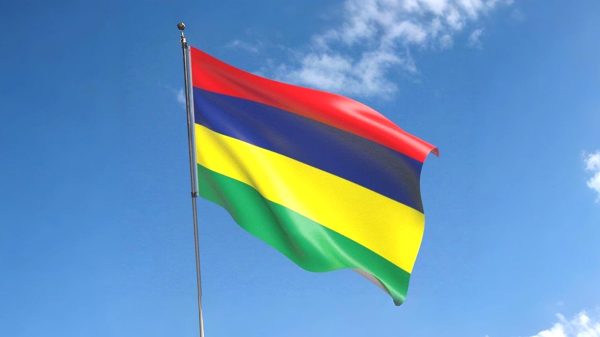Tanzania, located in East Africa just south of the Equator, is a nation renowned for its diverse landscapes and rich cultural tapestry.
It shares borders with countries like Kenya, Uganda, Rwanda, and Mozambique, and boasts a 1,424 km coastline along the Indian Ocean. The country is home to some of Africa’s most iconic natural wonders, including Mount Kilimanjaro—the continent’s highest peak—and the Serengeti National Park, famed for the Great Migration. With a population of approximately 67.5 million people, it is Africa’s fifth most populous country.
1. Mount Kilimanjaro
Mount Kilimanjaro, standing at 5,895 meters (19,341 feet) above sea level, is Africa’s highest peak and the world’s tallest free‐standing mountain. This magnificent dormant volcano offers a striking display of natural beauty and geological wonder, featuring five distinct ecological zones ranging from lush tropical rainforests at its base to frigid arctic conditions near its summit. Each zone hosts unique flora and fauna, attracting adventurers and scientists alike. Its renowned Uhuru Peak is accessible to trekkers without technical climbing skills, making the mountain a celebrated destination for outdoor enthusiasts and a UNESCO World Heritage Site recognized for its cultural and environmental significance.
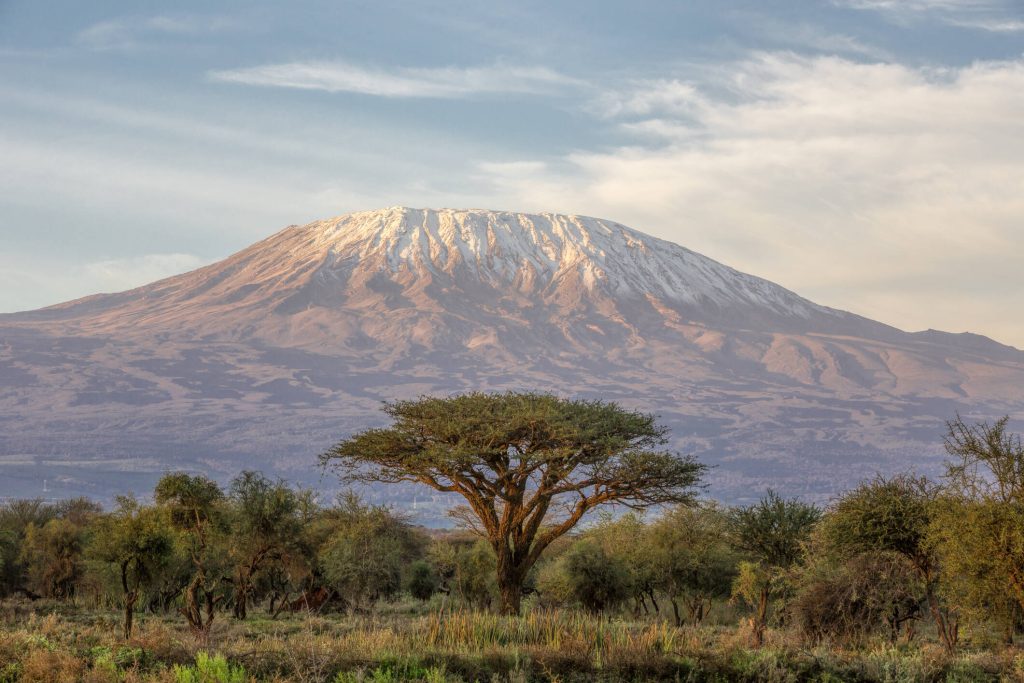
2. Cultural Diversity
Tanzania is a vibrant tapestry of cultural diversity, home to more than 120 ethnic groups that contribute unique traditions, languages, and customs. Prominent groups such as the Sukuma, Chagga, and Maasai enrich the nation’s social fabric with distinct art, music, and dance. Swahili, a language with Bantu and Arabic influences, unites the population as the national lingua franca, bridging differences and fostering communication. Celebrations, festivals, and communal practices highlight centuries of indigenous heritage blended with influences from Arab, Persian, and European traders, creating a dynamic cultural landscape that attracts scholars and tourists from around the world universally.
3. Serengeti National Park
Serengeti National Park, one of the world’s most renowned wildlife reserves, spans vast plains in northern Tanzania and hosts the spectacular annual Great Migration. Over 1.5 million wildebeest, hundreds of thousands of zebras, and numerous gazelles journey across its landscapes in search of fresh grazing lands and water sources. This natural phenomenon attracts wildlife enthusiasts and photographers, offering unforgettable encounters with lions, cheetahs, and other predators in a dynamic ecosystem. Recognized as a UNESCO World Heritage Site, the park exemplifies the delicate balance of nature, conservation efforts, and the enduring spirit of the wild African savannah.
4. Olduvai Gorge
Olduvai Gorge, known as the “Cradle of Humankind,” is an archaeological treasure in northern Tanzania that has reshaped our understanding of early human evolution. Fossils of ancient hominins including Homo habilis and Australopithecus, along with primitive stone tools, have been unearthed in its strata, offering a remarkable timeline dating back nearly two million years. This significant site has provided evidence of early human development, including the famous Laetoli footprints that demonstrate the origins of bipedalism. Researchers from around the world continue to study Olduvai Gorge, contributing valuable insights into the evolutionary journey that shaped modern humanity, ensuring its legacy endures.
5. Zanzibar Archipelago
The Zanzibar Archipelago, located off Tanzania’s eastern coast, is famed for its pristine beaches, turquoise waters, and rich cultural heritage. Known as the “Spice Island,” Zanzibar has long been celebrated for its production of cloves, nutmeg, cinnamon, and black pepper, which fueled its historical prominence in global trade. Stone Town, the archipelago’s historic center, boasts narrow winding streets, ornate Arab-influenced architecture, and significant landmarks that reflect centuries of cultural fusion and exchange. Today, Zanzibar offers a unique blend of natural beauty and historical intrigue that attracts tourists, scholars, and adventurers seeking both relaxation and a deep connection to the past.
6. The Anglo-Zanzibar War
The Anglo-Zanzibar War, fought on August 27, 1896, is recorded as the shortest war in history. The conflict erupted when Sultan Khalid bin Barghash seized power without British consent following the death of his predecessor. In response, the British issued an ultimatum and launched a naval bombardment against the palace in Zanzibar. The brief clash lasted between 38 and 45 minutes, resulting in a decisive victory for the British forces and the installation of a pro-British sultan. This rapid conflict underscores the imperial tensions of the era and remains a historical footnote that highlights the swift exercise of colonial power.
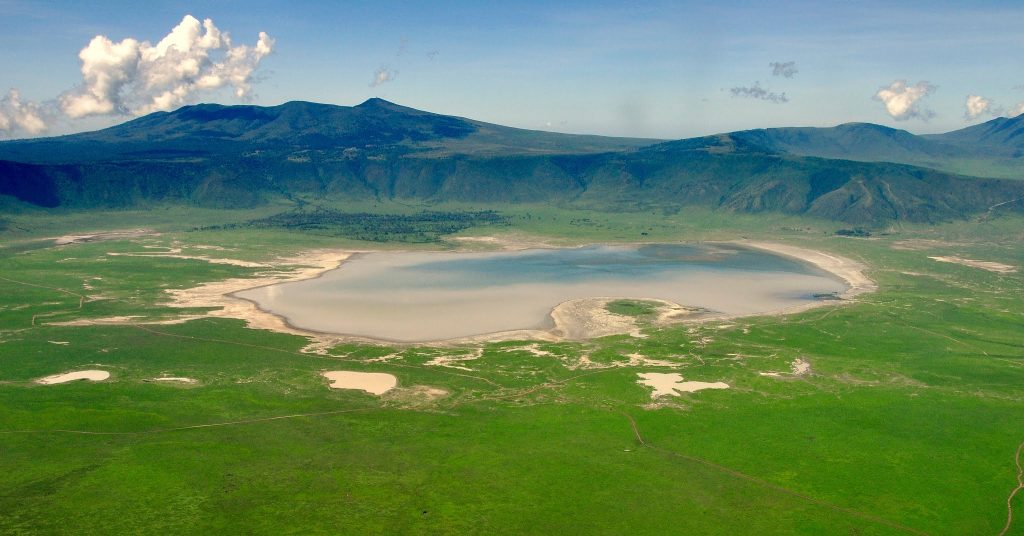
7. Ngorongoro Crater
Ngorongoro Crater, a magnificent natural wonder in Tanzania, is the world’s largest intact volcanic caldera. Formed over two million years ago when a massive volcano collapsed, the crater spans approximately 260 square kilometres (100 square miles) and supports a diverse ecosystem. Home to more than 25,000 large animals, including the Big Five—lion, leopard, rhinoceros, elephant, and buffalo—the area is a thriving sanctuary of wildlife. The Maasai people coexist with nature in this unique landscape, practicing traditional pastoralism. Recognized as a UNESCO World Heritage Site, Ngorongoro Crater attracts safari enthusiasts and conservationists, offering scenery and insights into Africa’s natural heritage.
Subscribe to our Newsletter
Stay updated with the latest trends in African Pop Culture!



